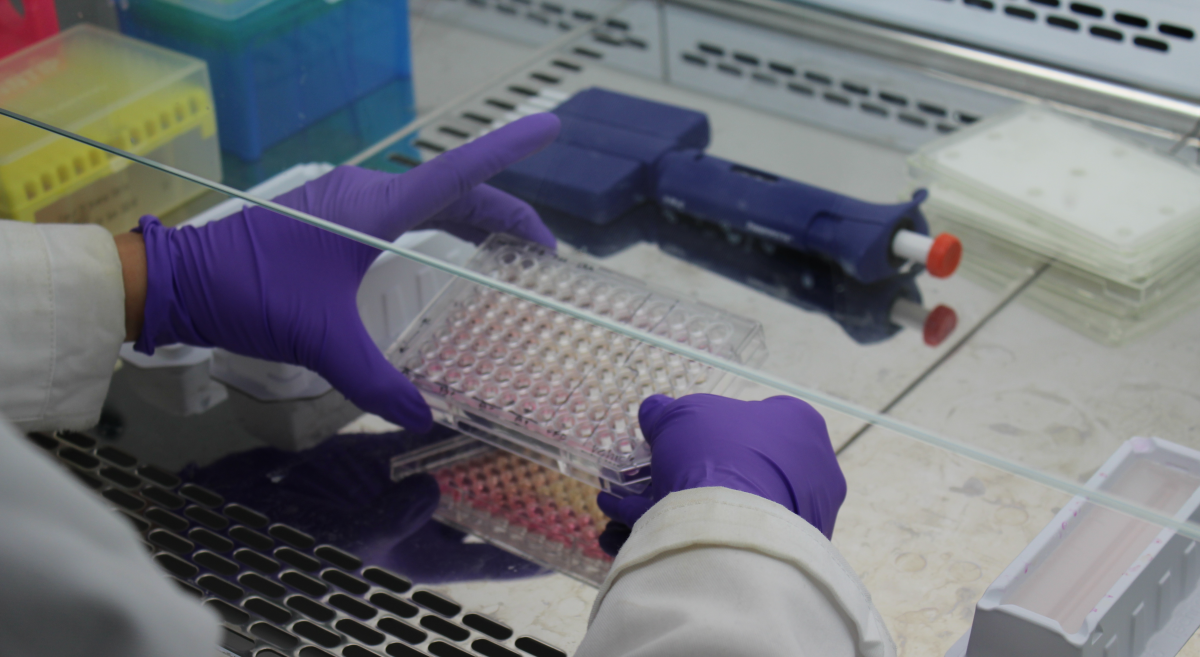Drug metabolism and pharmacokinetic (DMPK) scientists are tasked with the determination of various parameters to predict human PK. Their goal is to identify drug candidates with PK properties that are both effective and safe for use as a therapeutic treatment. One such parameter is clearance (CL), or the rate of drug cleared from plasma over a specific time. Drugs that are administered intravenously first enter the blood stream, usually dissolved into the blood’s plasma. They are then cleared of the blood stream through metabolism by the liver or kidneys. 70% of marketed drugs are cleared through the liver making it the primary organ DMPK scientists seek to model.
Traditionally, liver cells (hepatocytes) in suspension incur rapid loss of drug-metabolizing enzyme activity during drug incubation. For this reason, in vitro hepatic metabolism assays that evaluate substrate depletion have been deemed inappropriate for consistent and accurate determination of drug clearance in the past. Historically, the primary in vitro method to predict hepatic metabolism has been the Relay method in which supernatants are transferred to fresh cells; enabling continuous metabolism of parent compound by fresh metabolic enzymes for times exceeding 4 hours. However, this method is prone to sample manipulation issues, and since the method represents an approach that separates several incubations into one mathematical equation, the potential for error propagation is large and establishing statistical significance can be challenging. The Relay method is a reliable method in some applications but not for compounds with specific properties, such as slowly metabolized (aka. “low turnover”) compounds.
Recently, new variations of hepatocyte clearence models have been studied and implemented specifically for the clearance of slowly metabolized compounds. In a study conducted by AstraZeneca in 2015, three human hepatocyte models were compared for the study of slowly metabolized drugs. This evaluated a five-donor pool of primary human hepatocytes (PHH), a HUREL® Microliver Human Hepatocyte and stromal cell co-culture model, and plated HepaRG™ cells. This publication compared these model’s accuracy, reliability, and functional incubation window with a limited number of compounds known to be metabolized by the liver with diverse enzymology.
Both the HUREL® Microliver and PHH models were able to predict in vivo human hepatic CL data more accurately when compared to classical methods. Compounds with known in vitro CL values, were within 3-fold of the observed data (HUREL® Microliver: 7 of 10 compounds; PHH: 7 of 9 compounds predicted within 3-fold). The HepaRG model proved less accurate (predicting 4 of 10 compounds within 3-fold). The HUREL® Microliver model was found to produce more reproducible results than the PHH and HepaRG assays for low CL compounds. Additionally, the HUREL® Microliver assay provided the longest incubation window of 72 hours of maintained enzymatic activity, compared to 24 hours for PHH and 10 hours for HepaRG. This increased incubation time contributed towards the robustness and reproducibility of the data when compared to traditional methods due to the reduced complexity of the mathematical analysis.
Recently, HUREL® was acquired by Visikol and will continue to offer it’s unique products and services to clients from within the Visikol umbrella of services and products. HUREL® produces patented co-cultures – “microlivers” – that elevate the metabolic competency, the enduring viability, and the dynamic cellular responsiveness of hepatocytes cultured in vitro for ten mammalian species. These qualities endow the HUREL® portfolio of primary hepatocyte models with an unrivaled degree of predictive sensitivity and relevance. Reach out to Visikol today and speak with one of our experts to see how working with us can help your drug discovery pipeline.

